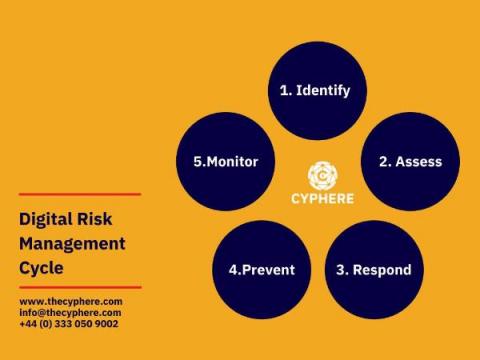OverWatch Exposes AQUATIC PANDA in Possession of Log4Shell Exploit Tools During Hands-on Intrusion Attempt
Following the Dec. 9, 2021, announcement of the Log4j vulnerability, CVE 2021-44228, CrowdStrike Falcon OverWatch™ has provided customers with unrivaled protection and 24/7/365 vigilance in the face of heightened uncertainty. To OverWatch, Log4Shell is simply the latest vulnerability to exploit — a new access vector among a sea of many others.











